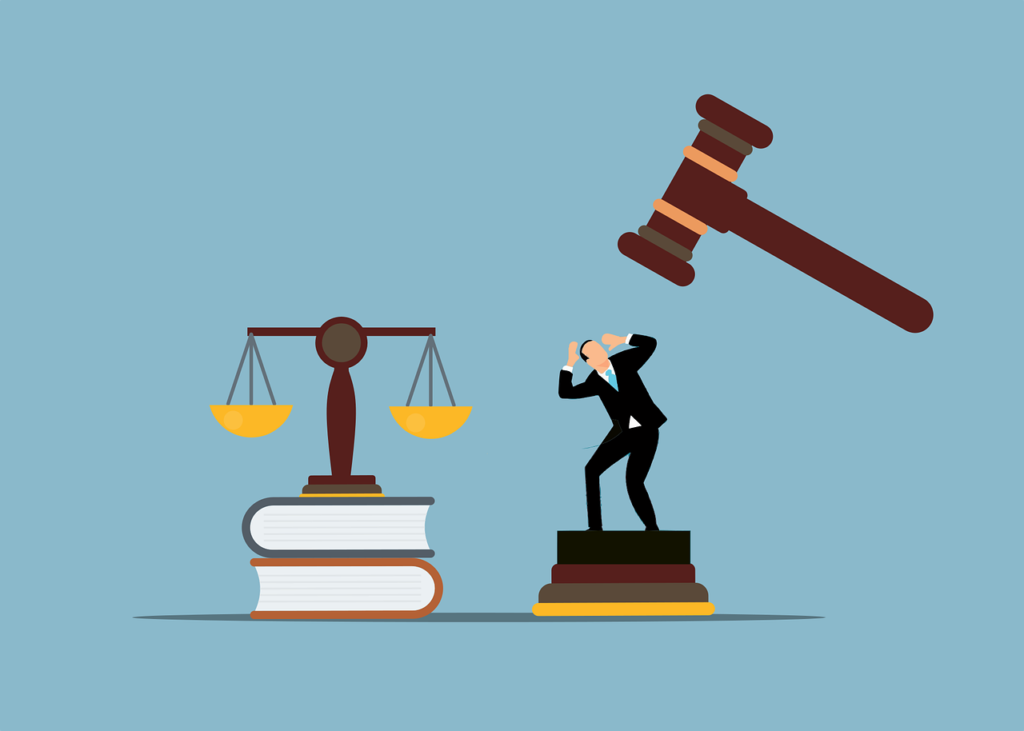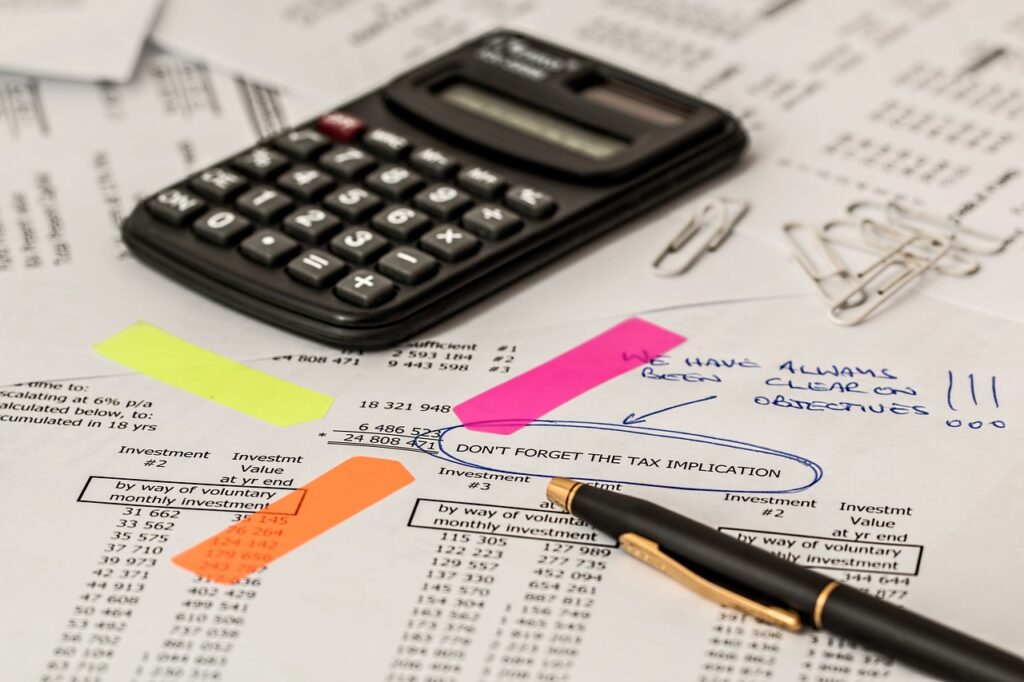Spot or bullion metals trading, an integral component of the financial market, offers numerous advantages for investors seeking to diversify their portfolios and mitigate compliance. This article delves into the benefits of trading, mainly focusing on its role as a safe-haven asset, its contribution to portfolio diversification, and its popularity during turbulent economic times.
Safe-Haven Assets:
Spot metals (贵金属), including gold, silver, platinum, and palladium, are widely regarded as safe-haven assets due to their intrinsic value and historical significance. During times of economic uncertainty, political instability, or market volatility, investors often flock to these metals to protect their wealth and hedge against potential losses in other asset classes.
The enduring allure of precious metals stems from their tangible nature and limited supply, which tends to insulate them from the fluctuations and uncertainties of fiat currencies and financial markets. Gold, in particular, has a long-standing reputation as a store of value and a reliable hedge against inflation, currency depreciation, and geopolitical risks.
Diversification Benefits:
One of the primary advantages of metals trading lies in its ability to diversify investment portfolios effectively. Diversification is an essential strategy employed by investors to spread risk across different asset classes, thereby reducing the overall volatility of their portfolios and enhancing long-term returns.
In a diversified investment portfolio, bullion, such as gold and silver, can offer several benefits. Precious metals often exhibit a low correlation with traditional financial assets such as stocks and bonds, meaning that their prices may move independently of broader market trends. As a result, holding a portion of assets in bullion can help cushion losses incurred in other sectors during market downturns.
The relatively stable long-term growth trajectory of precious metals can enhance the overall risk-adjusted returns of a diversified portfolio. While equities and bonds may experience periods of volatility or underperformance, the intrinsic value and enduring demand for precious metals provide a reliable anchor for investors seeking stability and capital preservation.
Popularity During Turbulent Times:
Spot metals trading tends to surge in popularity during economic turmoil, geopolitical unrest, or financial crises. When investor confidence wanes, and uncertainty prevails, the allure of safe-haven assets becomes particularly pronounced, driving up demand for precious metals and fueling price appreciation.
The appeal of metals during turbulent times extends beyond individual investors to institutional players, central banks, and sovereign wealth funds seeking to safeguard their wealth and diversify their reserves. The liquidity, transparency, and universality of metals markets make them accessible and attractive to a broad spectrum of market participants, further bolstering their role as havens of stability in times of crisis.
In addition to their intrinsic value as safe-haven assets, bullion offers investors the flexibility to capitalize on short-term trading opportunities and speculative price movements. Whether through futures contracts, options, or exchange-traded funds (ETFs), investors can actively engage in trading to profit from fluctuations in supply and demand dynamics, geopolitical events, or macroeconomic indicators.
Inherent Value Preservation:
One notable advantage of trading in precious metals is their ability to preserve inherent value over time. Unlike fiat currencies, which are subject to inflationary pressures and government policies, precious metals possess intrinsic worth derived from their scarcity and utility in various industries. This inherent value is a bulwark against the erosive effects of inflation, making precious metals a favored choice for investors seeking to safeguard their purchasing power and preserve wealth in the long run.
Geopolitical Stability Hedge:
Another compelling reason to include precious metals in investment portfolios is their role as a hedge against geopolitical instability and global uncertainties. In an interconnected world fraught with geopolitical tensions, trade disputes, and geopolitical conflicts, the perceived political neutrality of precious metals makes them an attractive refuge for investors seeking to mitigate geopolitical risks and diversify their exposure beyond traditional financial assets. Whether in diplomatic crises, military conflicts, or political upheavals, the enduring appeal of precious metals as a haven of stability remains undiminished.
Industrial Demand Support:
Beyond their role as financial assets, precious metals derive significant demand from industrial applications across various sectors, including electronics, automotive, healthcare, and renewable energy. This dual demand dynamic, encompassing investment and industrial usage, provides a robust support mechanism for precious metal prices, especially during economic expansion and technological advancement. As global industries continue to evolve and innovate, the demand for precious metals in cutting-edge technologies such as electric vehicles, solar panels, and medical devices is expected to drive sustained price growth, offering investors an additional avenue for capital appreciation and portfolio diversification.
Environmental Sustainability Consideration:
In recent years, environmental sustainability has emerged as a critical consideration for investors and corporations, driving a shift towards eco-friendly and socially responsible investment practices. Precious metals, particularly platinum and palladium, play a pivotal role in catalytic converters that reduce vehicle emissions, contributing to environmental protection and air quality improvement. As governments worldwide enact stringent emissions regulations and promote clean energy initiatives, the demand for these precious metals is poised to escalate, presenting investors with an opportunity to align their investment strategies with environmental sustainability goals while potentially reaping financial rewards.
Spot metals trading offers investors many advantages, including their status as safe-haven assets, contribution to portfolio diversification, and popularity during turbulent economic times. Precious metals such as gold, silver, platinum, and palladium are reliable stores of value and effective hedges against inflation, currency risks, and market uncertainties.
By incorporating bullion into their investment portfolios, investors can enhance risk-adjusted returns, reduce overall portfolio volatility, and preserve capital in market turbulence. Whether as a long-term asset allocation strategy or a tactical trading opportunity, bullion trading remains a compelling option for investors seeking stability, diversification, and wealth preservation in an ever-changing financial landscape.






